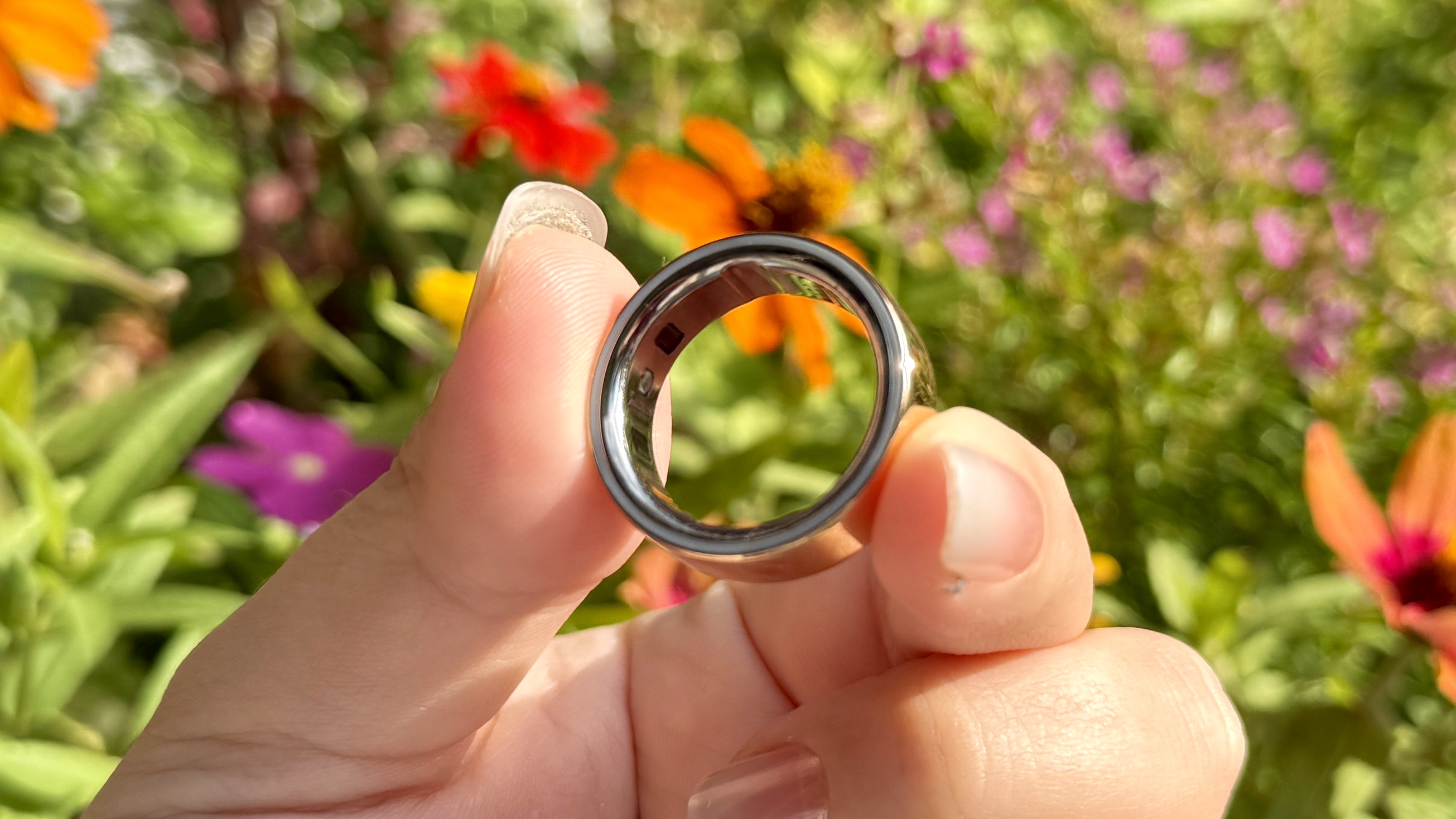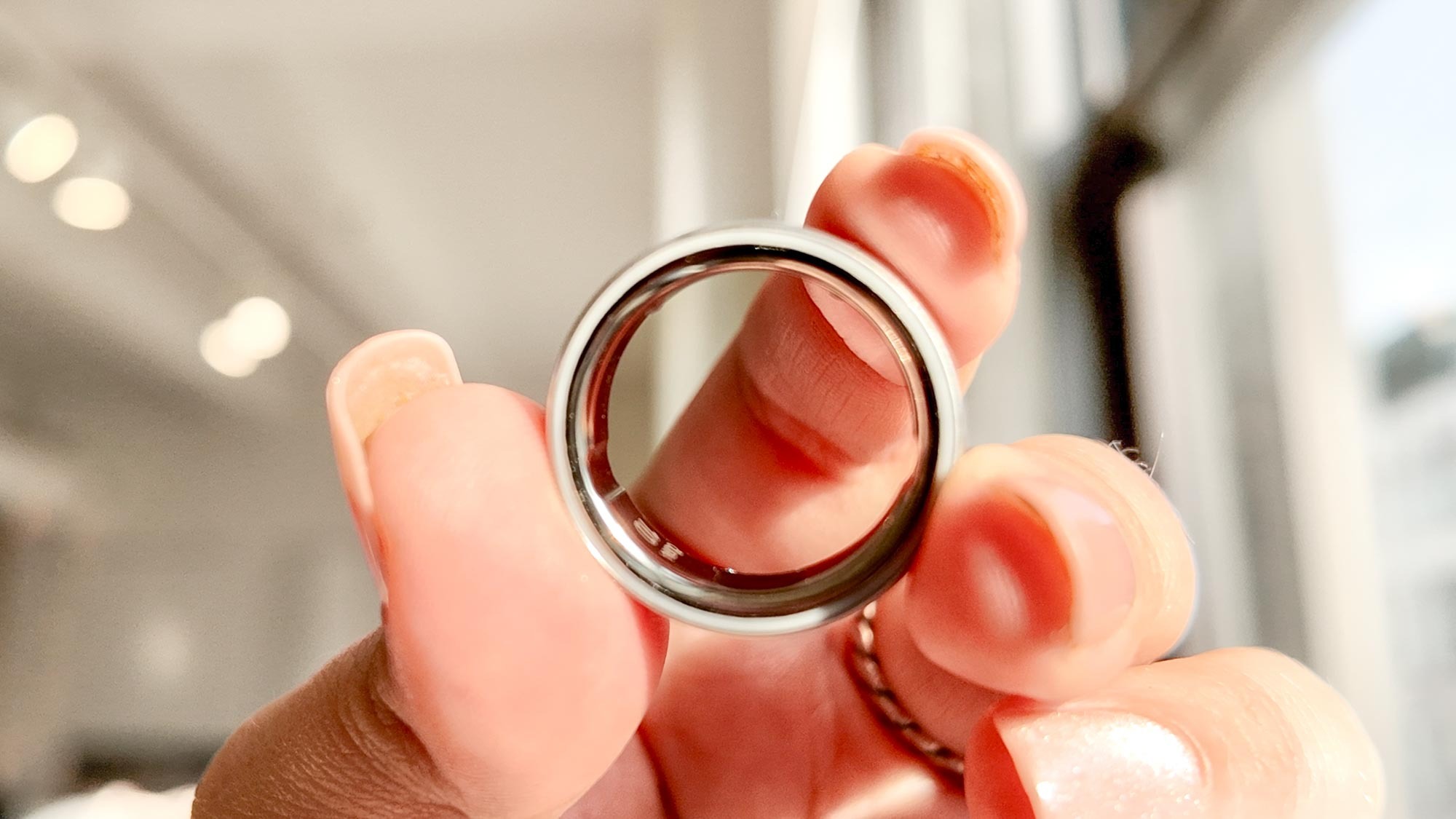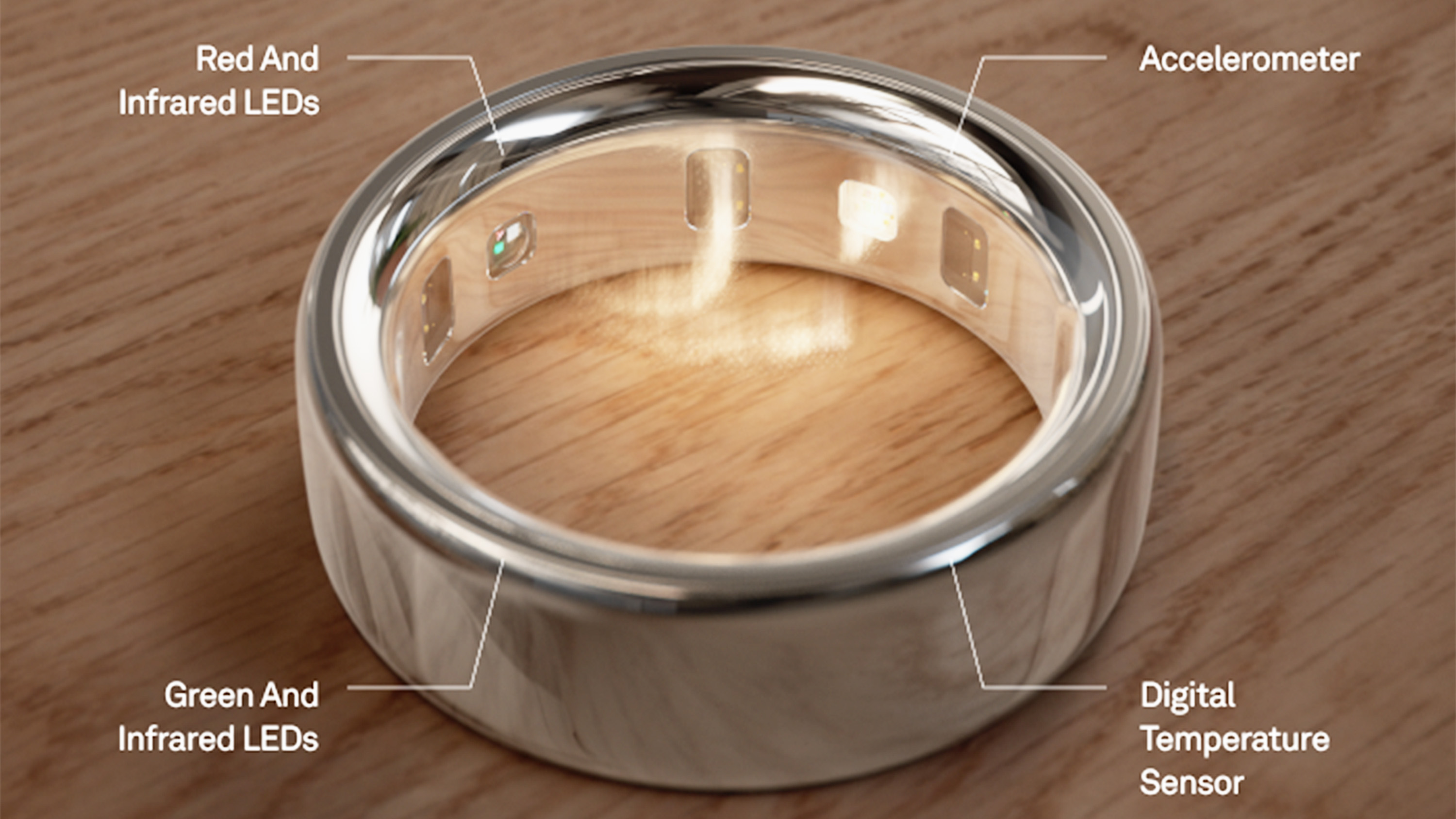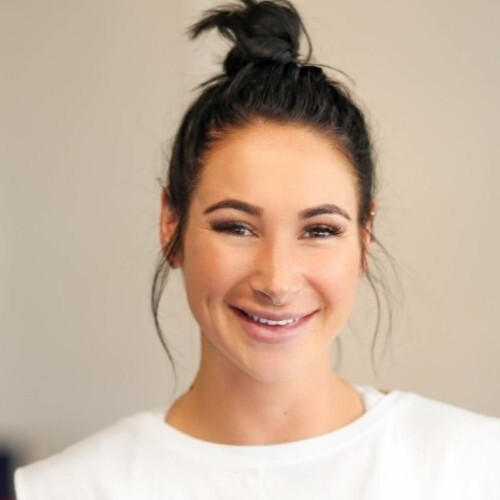Your Oura Ring could be key to better recovery: Here's a resting heart rate 'hack' to try
Forget the Apple Watch, Oura's heart rate data has incredible accuracy and tells me a lot about my overall health.

I’ve been fortunate enough to wear the Oura Ring 3 and Oura Ring 4 since their inception, and there’s no end to the innovative features Oura continues to release on both rings, truly making them the best smart rings on the market, in my opinion.
Some features I take less notice of (meals and glucose tracking) while others I pay a lot of attention to, including heart rate trends. As members, Oura users can record workout heart rates, access live readings, and track heart rate data over time, including Heart Rate Variability (HRV) and resting heart rate, which reveal insights into your stress resilience, health, and recovery.
While I do pay attention to my resting heart rate and nighttime data, I haven’t really paid much attention to my overall trend — how my heart rate data looks over the weeks, months, and years. So, I decided to track mine over a month to see what the data could tell me about my health. Here’s what I found out.
How to track HRV on Oura Ring 4

In the Oura app, tap the three lines in the top left corner. From the menu, select Trends, then tap Heart Rate Variability. From here, you can toggle between days, weeks, months, and years and view your data as a trend on the graph.
I don’t find this format particularly helpful, so I decided to ask Oura’s AI advisor to do the hard work for me instead.
How to use Oura Advisor
On the Today tab, tap the plus sign at the bottom right of the app, then select Advisor from the list. You can then type a request or question and converse with Oura Advisor.
I would aim to ask direct questions to access accurate data, like asking Oura to compare specific weeks or how one month compares to another. This way, you'll find out more about how other factors could be affecting your heart rate, such as a poor week of sleep or late meals. The more data you input, the more detailed the results.
Get instant access to breaking news, the hottest reviews, great deals and helpful tips.
What did Oura tell me?

It's worth noting that Oura determines your baseline based on physiology and lifestyle factors, like sleep quality, stress, activity, medications, temperature, and illness. The ring tracks your heart rate using recessed sensors that measure changes in blood flow through your finger.
The sensors use light, which can detect shifts with each heartbeat while you rest and sleep, and allows the ring to capture your lowest resting heart rate and how it fluctuates over time. This data allows you to look at your nighttime recovery status and cardiovascular balance — both indicators of overall health.
Oura split my heart rate data into weekly averages and then gave me a four-week average of 56 bpm for my resting heart rate. During this time, there was no clear upward or downward trend, which is a good thing.
I then compared a few specific weeks, including one week that had been quite boozy (several events and a friend’s birthday), where my energy levels were low, and one week where I hadn’t drunk alcohol at all and had been sleeping well.
The data showed my lowest nighttime heart rate was slightly higher on the week I had consumed alcohol, then the following week, my average dropped. Oura explained the decrease could reflect a positive shift in recovery and less physiological strain. In other words, the alcohol had negatively impacted my heart rate.
Oura then looked at my sleep and stress data during this period. While my sleep score was actually better during the boozy week, my stress resilience improved in the week that I didn’t consume any alcohol, rising from "limited" to "adequate," showing better recovery despite the lower sleep score.
The alcohol had negatively impacted my heart rate.
Next, I asked Oura to show me how my four-week heart rate data impacted my recovery, and the Advisor explained that my weekly average lowest heart rate had stayed steady without any substantial rise or fall; this indicates consistency and stable recovery. If there had been a significant rise, it could relate to rest, stress, or activity patterns, which can all impact your resting heart rate.
Throughout October so far, my lowest nighttime heart rate has held steady between 50 and 52; however, during September, which was a challenging month for me personally (high stress, poor sleep), my resting heart rate average was higher at 54-56 and my overall Readiness score was lower (below 70, which isn't ideal), while my HRV status was increased in October, suggesting that I am now recovering. A high HRV is a good thing, whereas a low HRV signals poor recovery.
Bottom line
I have only provided a snapshot here, but most surprisingly to me was just how quickly Oura could tell me how my body was responding and how fast these changes could occur. My heart rate data shifted according to weeks where I had more stress in my life or had consumed more alcohol, and despite not always logging this in the app, the physiological impact on my heart was there to see.
Although the long-term trends are more indicative of health, my heart rate varied week on week depending on how "well behaved" I was or wasn't being.
Of course, as a personal trainer, I’m aware that stress and alcohol intake can negatively affect the body and recovery, but I’m still surprised by how Oura could compare data week-on-week and assess against lifestyle factors that might be determining my patterns. Context is everything, and Oura can provide both context and data to back it up.
According to Oura, a healthy resting heart rate falls somewhere between 50 to 70, while some very active people may see a score dip below 50. However, large shifts in any direction could signal a health issue, so it’s important to establish a baseline.
It's important to know that heart rate is individual, but it is indicative of recovery and cardiovascular health, so if you own a smart ring or smartwatch, it’s definitely worth keeping an eye on. While fluctuations are normal, look at your current average and how that fits into your overall trends over a longer period of time, rather than assessing day-to-day.
I'm currently taking on a month alcohol-free, so I have asked Oura Advisor to monitor my nighttime heart rate trend for the next month and let me know of any significant changes. I can't wait to see what the data shows.
If you plan to look at your heart rate data trends, rest assured that the Oura Ring sits at the top of the accuracy range and corresponds "nearly perfectly" with ECG values, which are the gold standard for measuring heart rate.
Follow Tom's Guide on Google News, or add us as a preferred source, to get our up-to-date news, analysis, and reviews in your feeds. Make sure to click the Follow button!
More from Tom's Guide
- I ditched my Apple Watch for an Oura Ring for a month — here's what I learned
- Samsung Galaxy Ring vs. Oura Ring — which smart ring wins?
- No smart watch could make me switch from Oura — here's why

Sam Hopes is a level 3 qualified trainer, a level 2 Reiki practitioner and fitness editor at Tom's Guide. She is also currently undertaking her Yoga For Athletes training course.
Sam has written for various fitness brands and websites over the years and has experience across brands at Future, such as Live Science, Fit&Well, Coach, and T3.
Having coached at fitness studios like F45 and Virgin Active and personal trained, Sam now primarily teaches outdoor bootcamps, bodyweight, calisthenics and kettlebells.
She also coaches mobility and flexibility classes several times a week and believes that true strength comes from a holistic approach to training your body.
Sam has completed two mixed doubles Hyrox competitions in London and the Netherlands and finished her first doubles attempt in 1:11.
You must confirm your public display name before commenting
Please logout and then login again, you will then be prompted to enter your display name.
